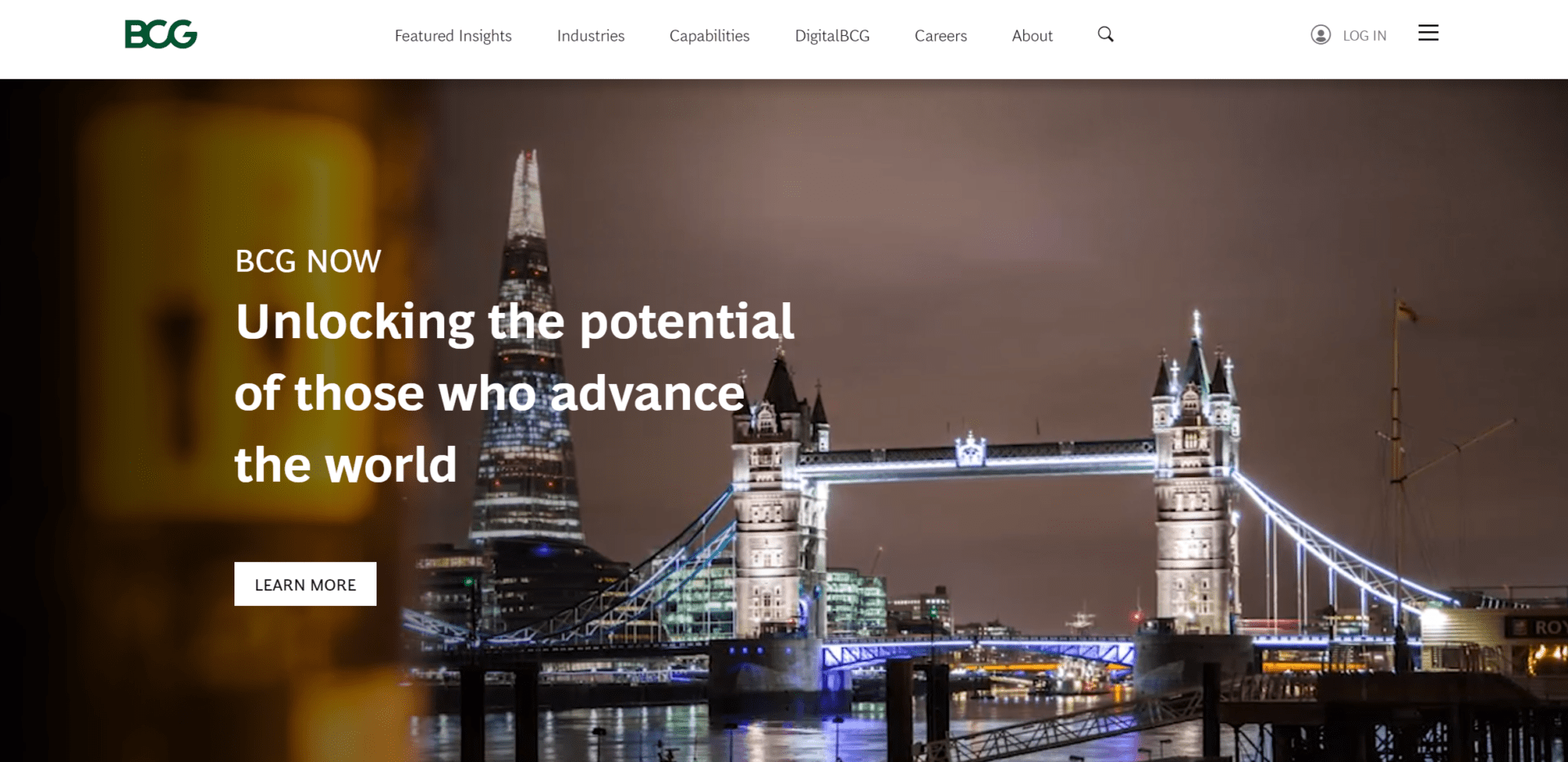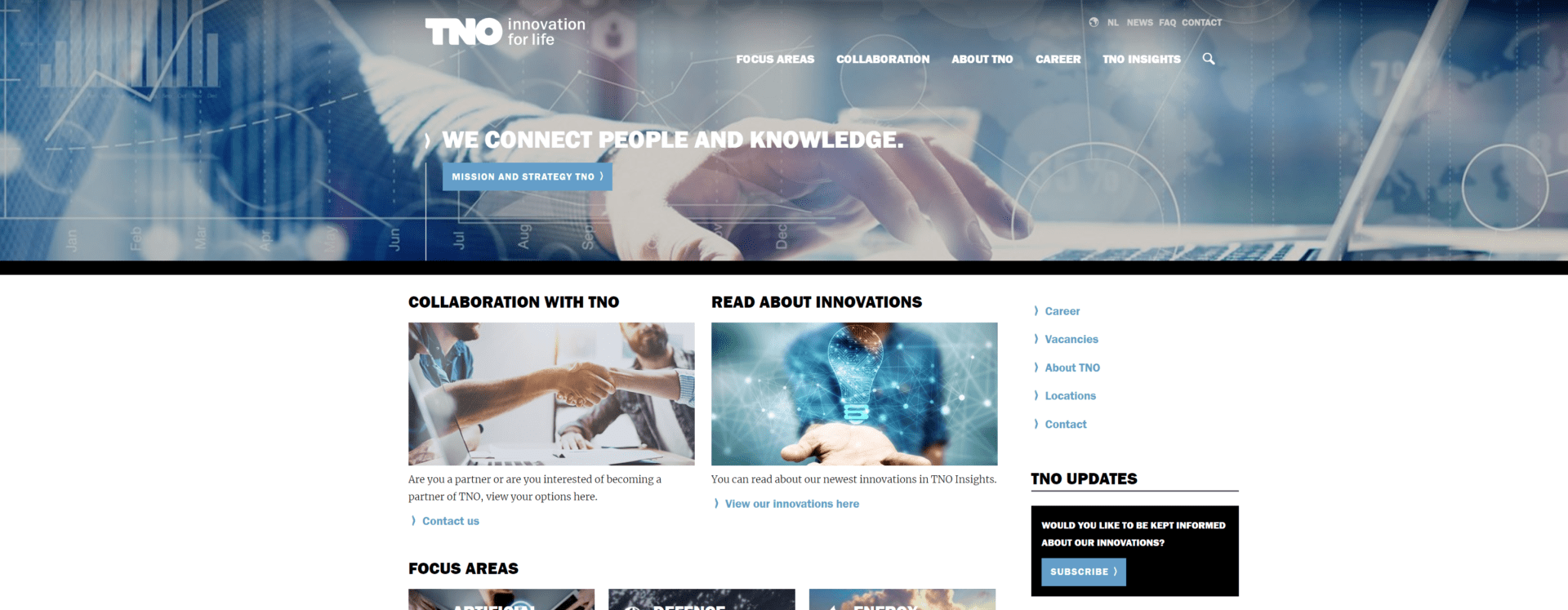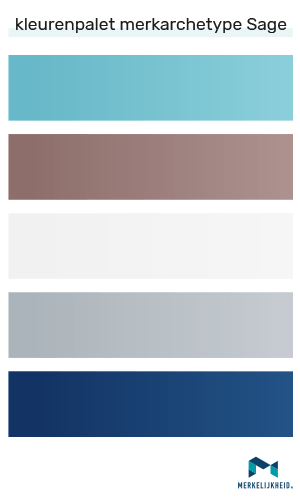*Brand archetype
Brand Archetype Sage: Knowledge for a better world

Can you prove the quality of your brand? The Brand Archetype Sage can provide calm and trust in the volatile world of “fake news” and clickbait. The Sage believes that knowledge will help create a better world. The Sage holds no higher good than knowledge and truth and wants to challenge your thinking. Wondering if this archetype fits your brand? In this article, we list the characteristics of the Brand Archetype Sage, discuss examples from business services and industry, and share the most important pitfalls.
The motto of the Sage is:
The truth will set you free

Einstein is a prototype of a ‘wise’ person.
The Sage not only seeks truth, knowledge or wisdom but also has the urge to share it with others. In short, the Sage wants to understand the world and teach others what he knows. With the right knowledge, everyone can make good decisions, and the Sage thereby contributes to a better world.
When we think of the Sage, we all imagine – that is the power of the brand archetype – a wise old man on a mountain who can guide us in the right direction. Or think of Oprah Winfrey, who became the wise woman of a whole generation of TV viewers.
Customers who perfectly fit Sage brands are looking for knowledge and expertise to become smarter themselves, better understand the world around them, and make the right choices. Not blindly following what is said, but making a well-considered choice based on (preferably factual) information. Therefore, the Sage Brand Archetype is a perfect fit for brands that differentiate themselves from brands with questionable quality or performance and can prove it.
Characteristics of the Brand Archetype Sage
A brand that embraces the sage archetype is one that sees knowledge as the highest good. They are designed for continuous learning and the analysis, planning, and research that underpins it. Such an organization is often also decentralized or more democratically structured as this ensures the autonomy of employees. This is an important prerequisite for attracting and retaining knowledge workers. At the same time, the typical customer of the Sage is also a customer who appreciates a brand that provides them with the knowledge to make informed choices.
Example Brand Archetype Sage: Audi
Car manufacturer Audi is the perfect example of a brand that embraces the Sage archetype. Their slogan “Advancement through technology” anchors this belief in everything the brand does. For example, Audi was the first automaker to develop a high-performance four-wheel-drive car and won the rally championship two years in a row with it. A few years later, the first Audi Quattro was available to consumers.
However, the brand was recently under fire with this slogan. Audi’s role in the diesel scandal made the brand’s American slogan and advertising message “It’s not easy being green” totally unbelievable. This is a cardinal sin, especially for the knowledge- and truth-conscious target group of a Sage.
Example Brand Archetype Sage Business Services: Boston Consulting Group
Management consulting organization Boston Consulting Group (BCG) is closely related to McKinsey, not only in terms of brand archetype but also in its (origins) history. Both companies were at the forefront of what we now call strategy (source: Lords of Strategy) and were the first to advise companies on strategy. It may be hard to believe, but about 60 years ago, no one had heard of strategy outside the military domain. BCG was – with its matrix – at the forefront of an entirely new industry.
Unlocking the potential of those who advance the world.
The above slogan indicates that BCG is a Sage in the game. The brand deploys teams with in-depth and functional expertise to assist their clients worldwide. And, as befits a Sage, its people are its most valuable asset. In the words of Richard Lesser, President and CEO of BCG:
We do this by channeling the diversity of our people and their thinking, as well as our shared commitment to uncovering the truth.

The company shares its latest thinking, hosts its own TED conference, and puts collaboration with its clients (leaders) at the center. BCG believes that its clients can make the right decisions by providing them with knowledge and information. In its communications, the insights are usually central, not the conclusions the company can draw from them. The unspoken expectation is that everyone will come to the same conclusion with this information.
The company’s visual identity is very white and clean with a green accent or background as the basis. This allows the data to speak for itself and does not distract from what matters: the content. BCG also does not present the world differently than it is; photos are only lightly edited and do not show any discoloration or other changes compared to reality.
Example Brand Archetype Sage Industry
Closer to home, we find almost a prototype Sage brand: TNO. This independent research organization has a mission to connect people and knowledge and thus create innovations that sustainably strengthen the competitiveness of companies and the well-being of society. TNO is proud of its good reputation as an innovation and knowledge organization but attributes it to only one thing: its 3,200 employees.

Like a true Sage, TNO follows the description of this brand archetype to the letter:
When you do business with TNO, you can expect a lot of expertise from us. In addition to the substantive expertise, which may vary per employee, we share a number of common values: integrity, independence, professionalism and social involvement.
The slogan “innovation for life” says something about the company’s goal and future and how steadfast it is in that direction. In its communication, only the substantiated results or achievements of TNO are central, and all innovations are classified by sector. TNO also has a subdued style with few striking colors, where the data should speak for itself.
Benefits of Brand Archetype Sage
Brand archetypes project their own qualities onto their customers. Or customers seek a brand with a personality that matches theirs. A Sage should make their customers feel like they are an expert with your help. Confirm the wisdom of their preference and you are guaranteed their loyalty. This archetype is therefore exceptionally well suited to high-quality or complex products and services such as investment advisors. For example, Charles Schwab states: ‘Schwab’s expertise can help you get the most from your investments.’
Pitfalls
The biggest pitfall for the Brand Archetype Sage is to use a condescending, patronizing attitude or a coercive persuasion style. The customers of a sage will quickly lose trust (in your knowledge and wisdom). They want to make the most logical decision themselves, partly based on the knowledge and information you provide.
Another pitfall is that a certain dogmatic conviction takes center stage – think of Kodak, which did not believe in digital photography even though they invented it – or a brand that reasons too much from an ivory tower. At all times, practical applicability should be central, a rule that TNO, for example, has taken to heart.

Een typisch kleurpalet dat past bij het merk archetype Sage; ingetogen kleuren die data goed laten uitkomen
Marketing of Brand Archetype Sage
The core of marketing for a Sage revolves around knowledge and information. A sage brand either shares the results of their own research and experience or the knowledge of their customers. The latter is mainly in the vein of “smart people choose us”. In short, a Sage brand helps its customers act or appear smarter.
The main colors for the Sage are the cooler, flatter colors that let the data speak for itself. Gray, beige, light blue, and green are often at the forefront of Sage brands and provide a sense of calm and evenness.
Related brand archetypes
The two related brand archetypes of the Sage are the Explorer and the Innocent. These two brand archetypes also strive for a better world, but from a different underlying belief. If your brand is not primarily driven by knowledge and understanding but, for example, by a desire for freedom or safety and simplicity, then the Explorer and Innocent archetypes may be more applicable.
Explorer brand archetype
This archetype is suitable for your brand if you seek or offer the freedom to discover what truly suits you. The journey and experience (of your customer) is more important than the destination. As a brand, you provide the opportunity to make that discovery. This not only applies to brands that make literal journeys possible but also to more abstract tools. The Explorer is on a quest with its customers to find their perfect world.
Innocent brand archetype
This archetype is suitable for your brand if you, as a true optimist, are searching for the perfect world. The Innocent offers customers a simple choice for a better world. Like its customers, it strives for happiness and harmony. An Innocent motto could be ‘improve the world, start with yourself’. With honest, pure products that contribute to a better world, the Innocent binds customers to itself based on shared ideals.
Want to learn more about brand archetypes? Take a look at our brand archetypes page where we share our knowledge and examples of the twelve brand archetypes.
